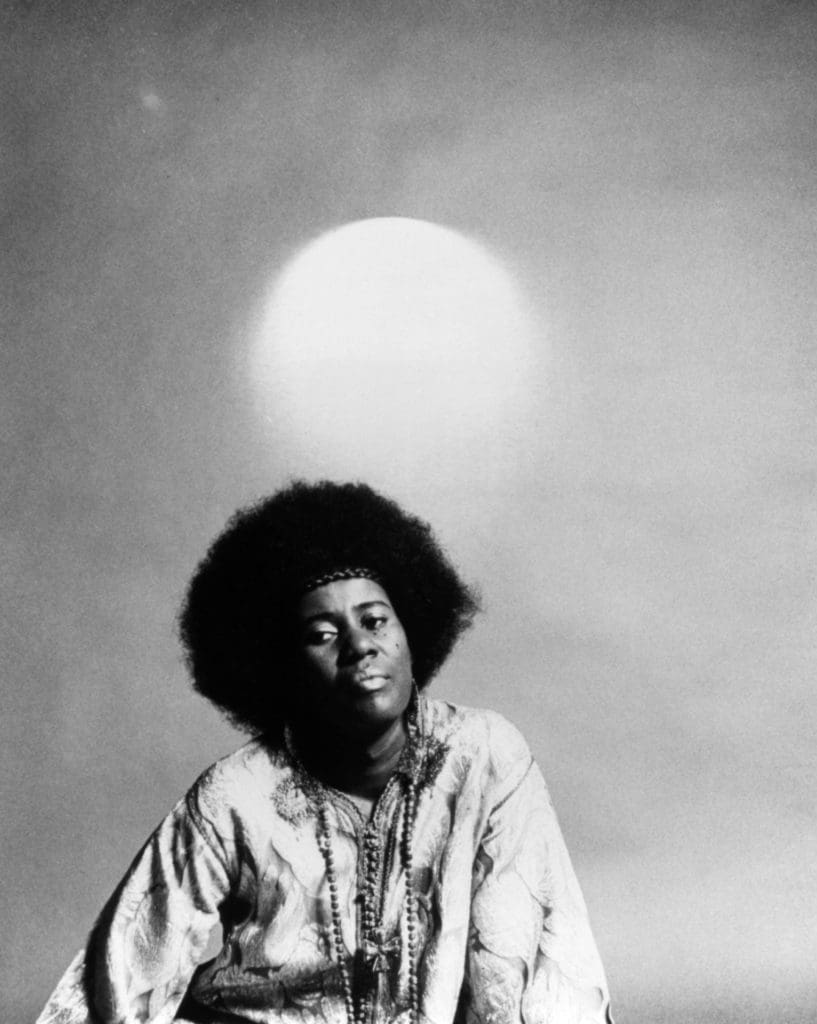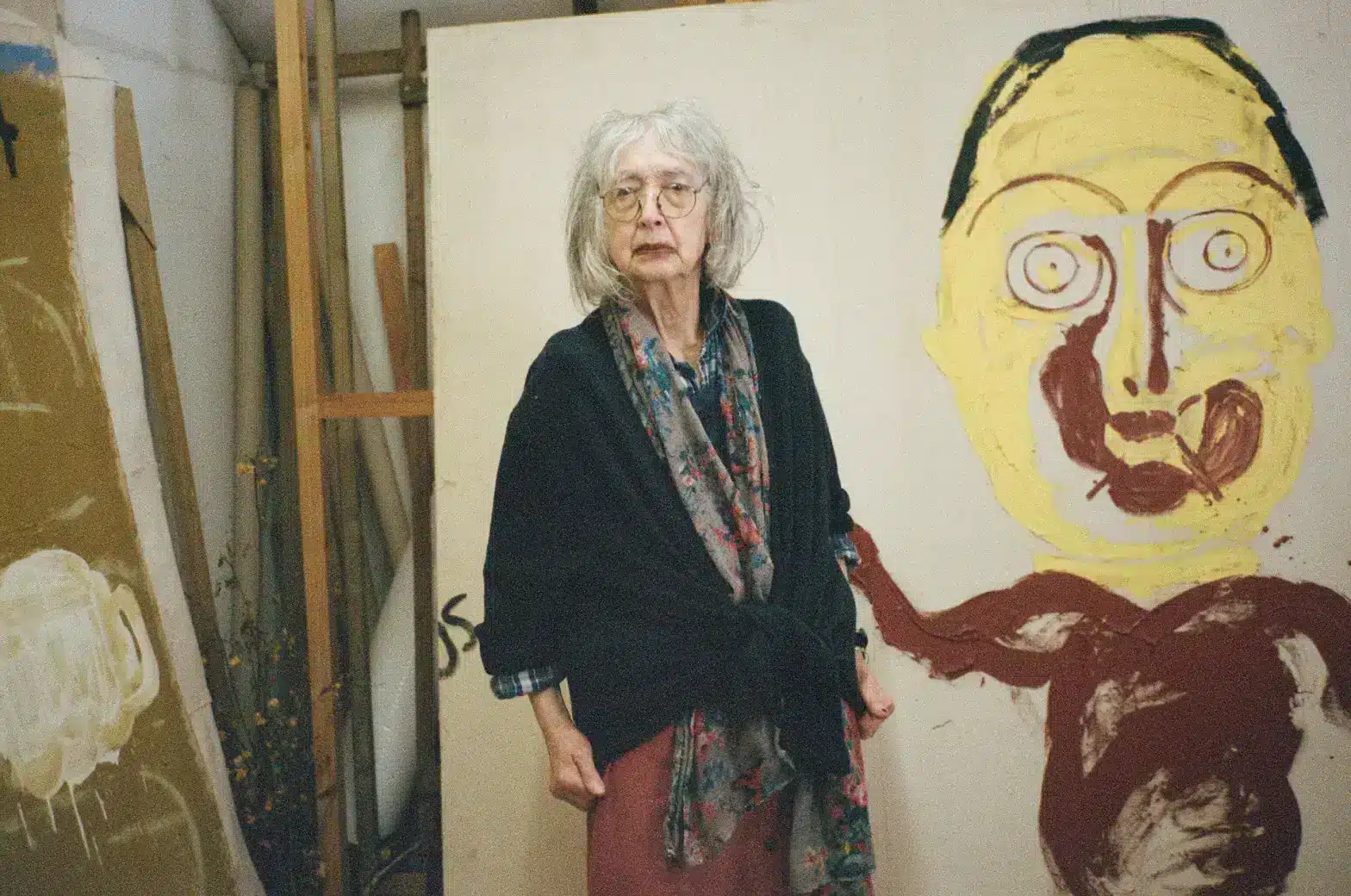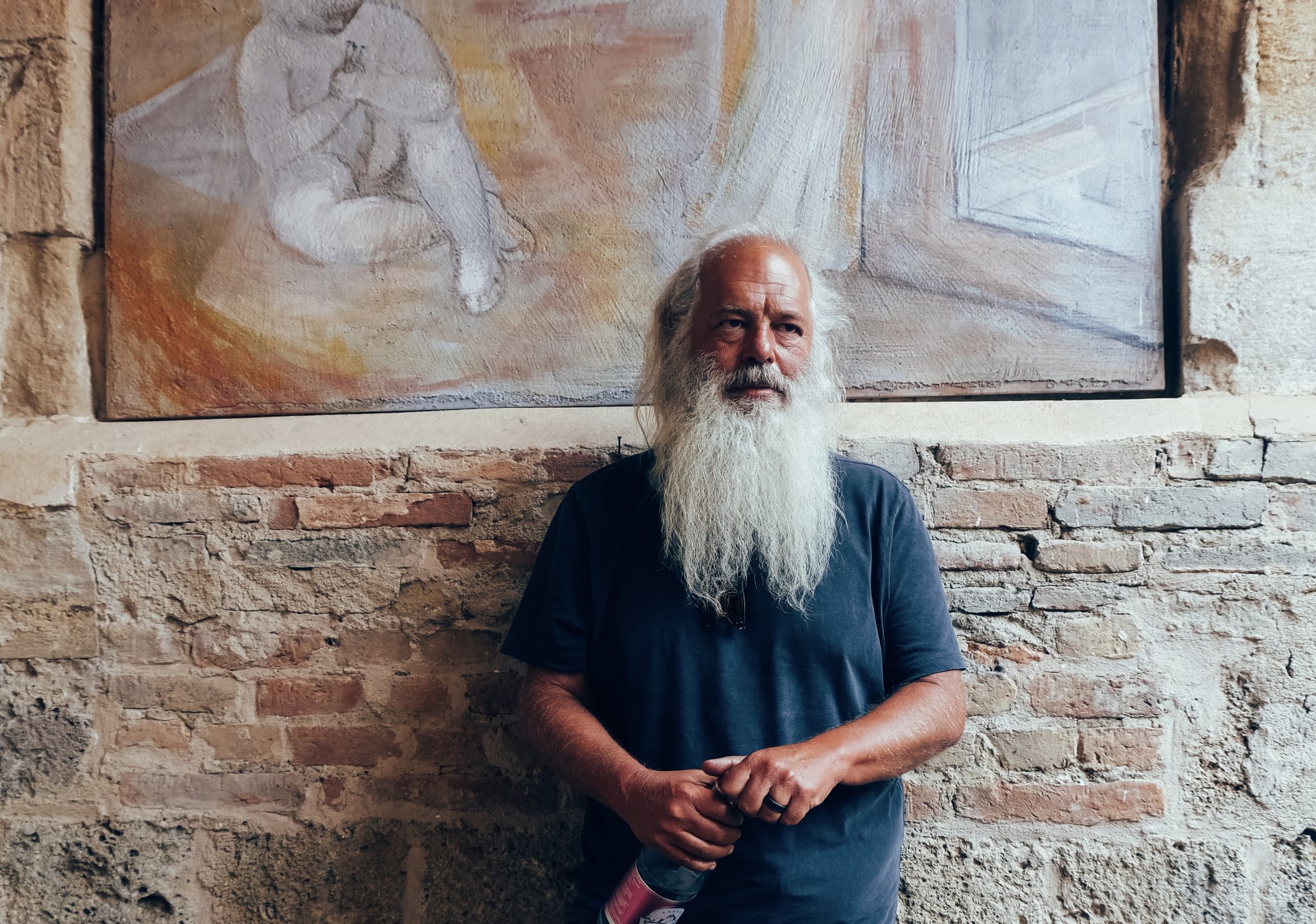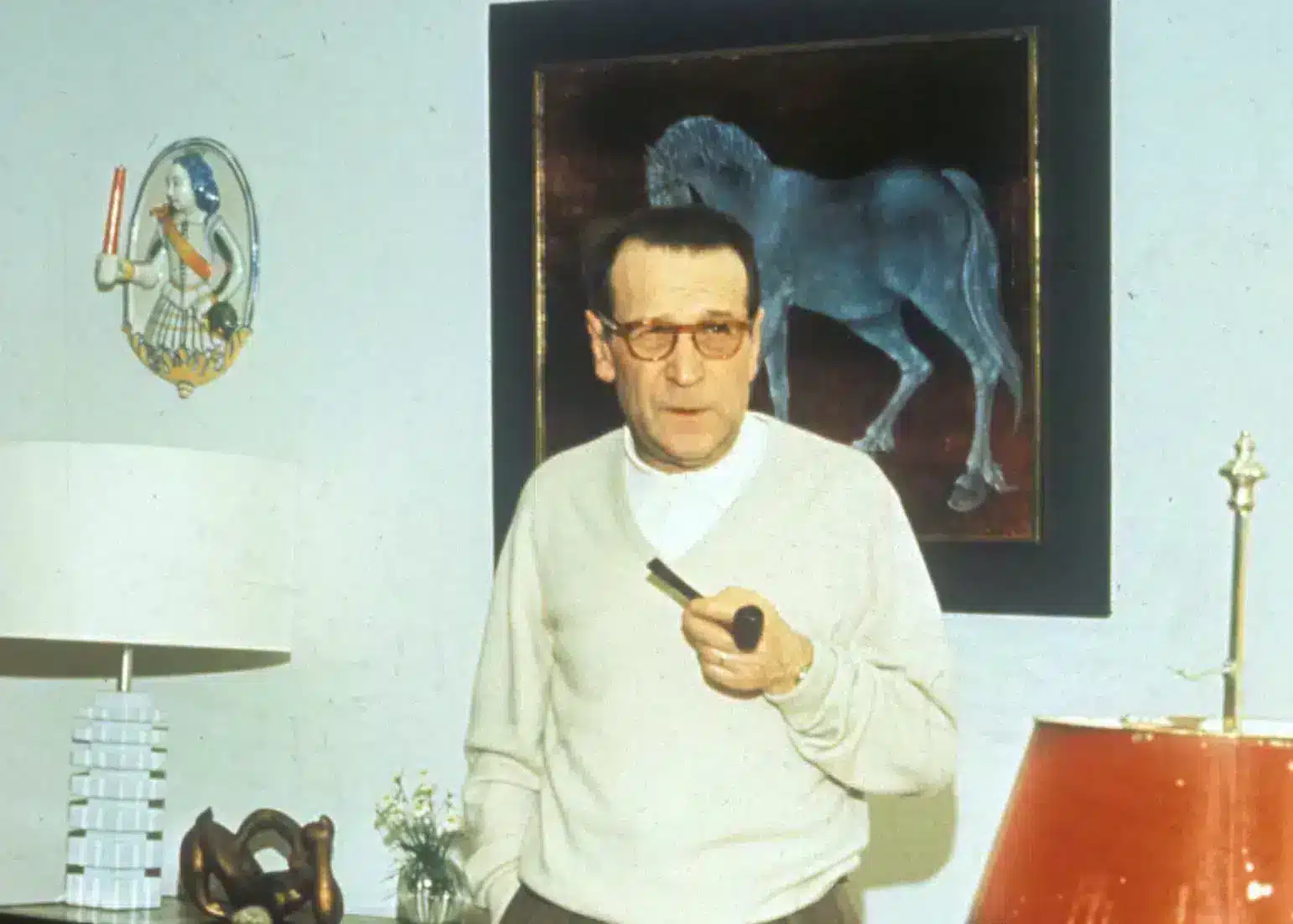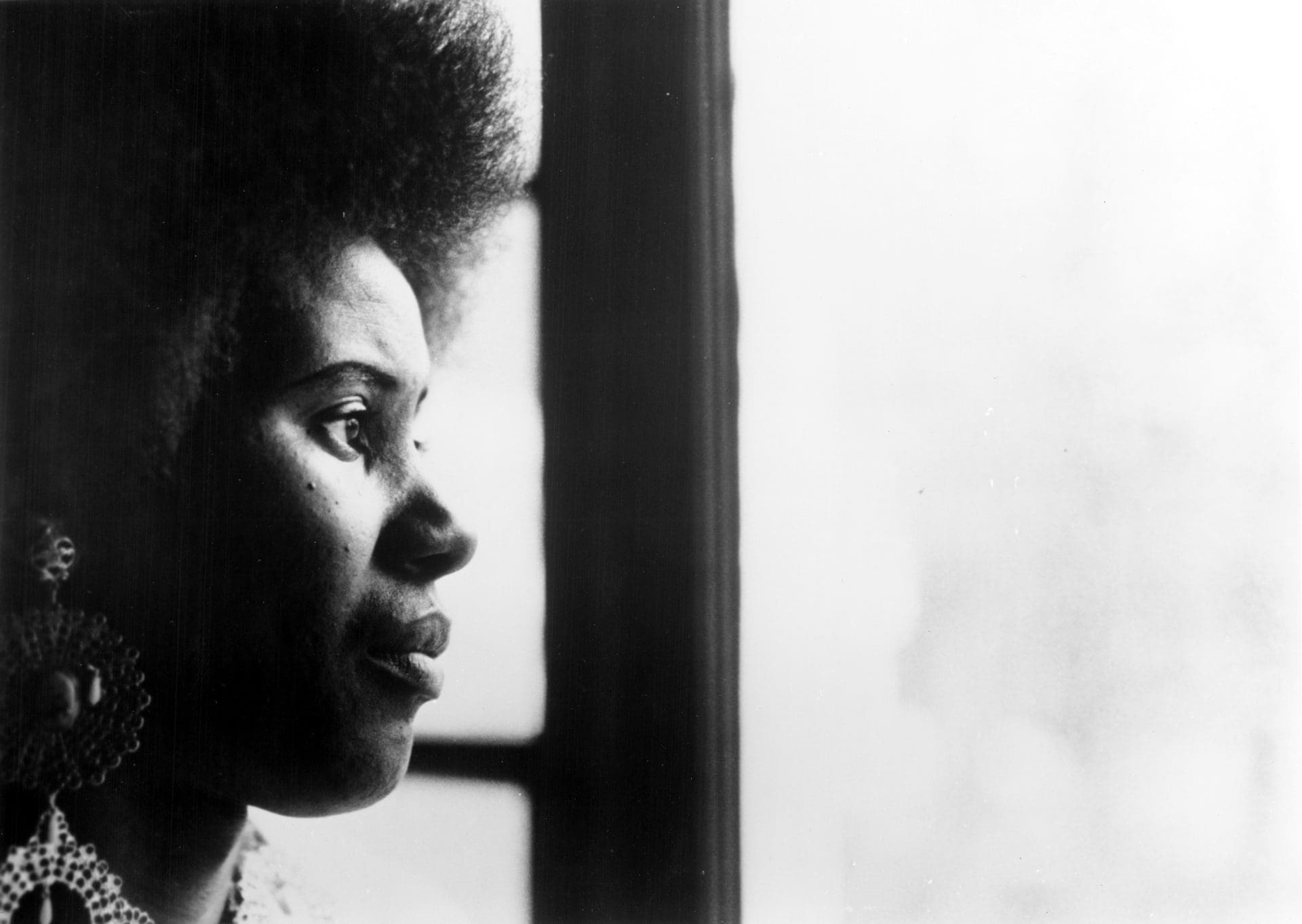
In the heart of Detroit in 1937, a celestial being by the physical name Alice Coltrane was born. Her soul would swiftly transform the very essence of music, weaving itself into the DNA of jazz history to form the ethereal yet elevated soundscape that spiritual jazz has become. Commencing her musical training on a set of white and black piano keys, Alice became a vessel for the divine, channeling holistic truths into every note she played, every breath she took and every word she sang. “The music is within your heart, your soul, your spirit, and this is all I did when I sat at the piano. I just go within,” Alice shared with NPR in 2004. The world would lose this spirit three years later, but her legacy bleeds through the hypnotic choruses and reverberated piano lines today, a world beyond what the eyes can see. Her music was more than lush harmonies or skilled jazz composition; it was a transcendent journey that paused the notion of time and space. Or rather, she brought all forces of sounds together as one. Born Alice McLeod, her family by nature were musically gifted. Alice’s mother took part in the church choir, while siblings Ernest and Marilyn excelled in other musical compositions. Like her mother, Alice began her musical education through the church, choosing the piano and later the harp as her vice. In Franya J. Berkman’s biography Monument Eternal: The Music of Alice Coltrane, she recalls being inspired by the inevitable nature of the harp strings when played by the delicate breeze from her bedroom window, playing a sweet melody all their own.
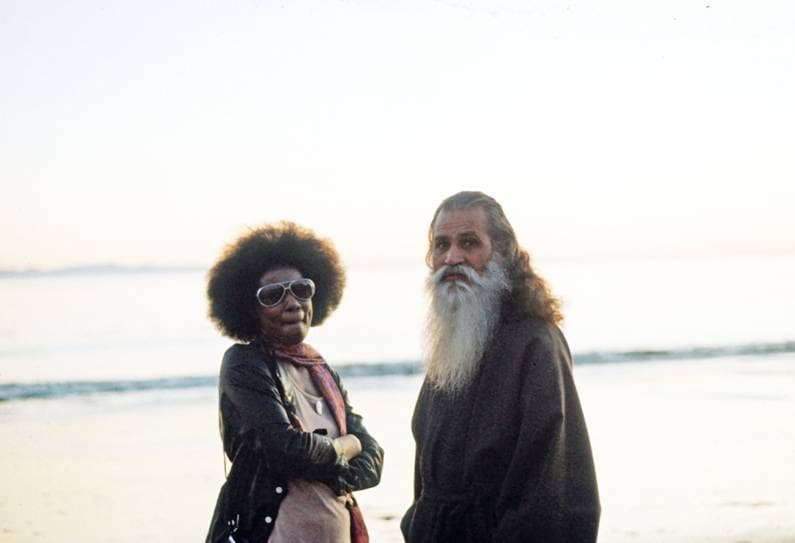
It wasn’t until Alice hit her twenties that she began to gig ritually, becoming a solid fixture in Detroit’s flourishing jazz club scene. But she set her sights on something bigger, the city of Paris, playing with fellow pianist and mentor Bud Powell. However, the symphony of Alice’s life found its most profound note in a coincidental encounter with saxophonist John Coltrane. Their paths crossed at Detroit’s Minor Key Club in 1962. They hardly spoke, but she would soon find herself playing piano for Terry Gibbs ensemble that opened up for John’s performance one late night. As fate would have it, their encounter ignited a transformative partnership in music and life, and the two married shortly after. The cosmic alignment of John and Alice enriched their music journeys as they embarked on a spiritual exploration. A lengthy heroin addiction prompted John’s quest for mystical depth, which resonated with Alice’s yearning to learn more as the two studied the Bhagavad Gita, the Quran, and Hindu texts.
John’s earthly voyage ended in 1967, leaving Alice with immense grief and depression. The loss marked the start of her voyage into the unknown. She barely slept and saw visions; she lost weight and hardly spoke. Through the waves of grief, she met Swami Satchidananda, a guru who, at one point, spoke to the crowds at Woodstock Festival. Meeting Satchidananda ignited a journey into Hindu devotional practices, marking a profound shift in her music as she incorporated the elements of Indian classical music and holy chants.
Alice moved from secular to devotional jazz arrangements, releasing “Journey in Satchidananda” in 1971 with saxophonist Pharoah Sanders, a 37-minute record that infused jazz with the meditative qualities of the Hindu religion. It’s harmonically rich and sways quite rigidly to different key signatures that emphasize the spiritual growth Alice endured. Tracks like “Shiva-Loka” give way to her influence on Eastern religion, with the harp growing stronger as the record progresses, urging you to melt on the floor with nothing more than a burning candle, some low-lit lights and possibly a drink or two.
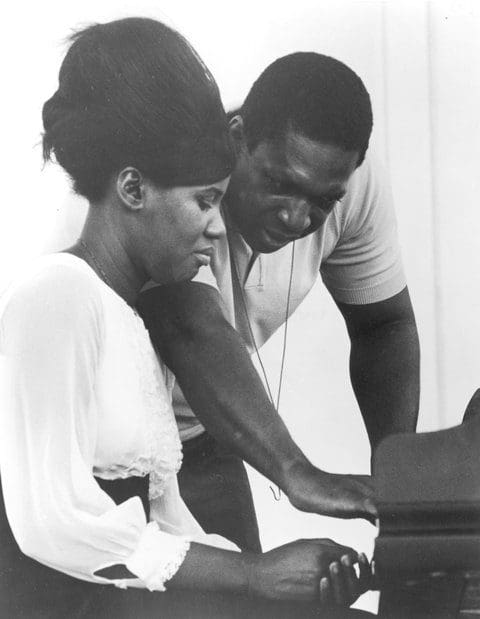
At its best, it translates her awakening into musical form while tugging at the heartstrings of women who struggled to find their path at a time when spirituality wasn’t mainstream. These days, it serves as a key for listeners that ache for something more, something that permits them to find freedom from the material world.
From there, her next few albums would pave the way into Eastern philosophy and sounds that invite you to go deep within. Through her repertoire, Alice not only shattered stereotypes but also invited listeners to explore the depths of their own consciousness through the power of music. Yet, in a genre often associated with male authority, Alice challenged the status quo of gender norms while redefining her role as a woman in jazz throughout the decades. The mid-20th century was a terrain where only a few women gained recognition as instrumentalists, let alone as composers or bandleaders. But Alice defied all limitations, proving that having that gene for greatness knows no gender.
In the universe of Alice Coltrane, the earthly and divine intertwine, reminding us that her legacy is a testament to innovation, vulnerability and profound healing. Alice reminds us and confirms that you are more than a human vessel, that the secrets we seek lie within the notes we hear or the words we read. It’s all here, happening now; that’s more than enough.
